Remember when your wardrobe wasn’t about fast fashion but rather timeless pieces that stuck around for years? Those cherished items that became like old friends, showing up in countless family photos and accompanying you through life’s most memorable moments. Let’s take a walk down memory lane and revisit those clothing staples that weren’t just purchases but investments in your everyday style.
1. Penny Loafers
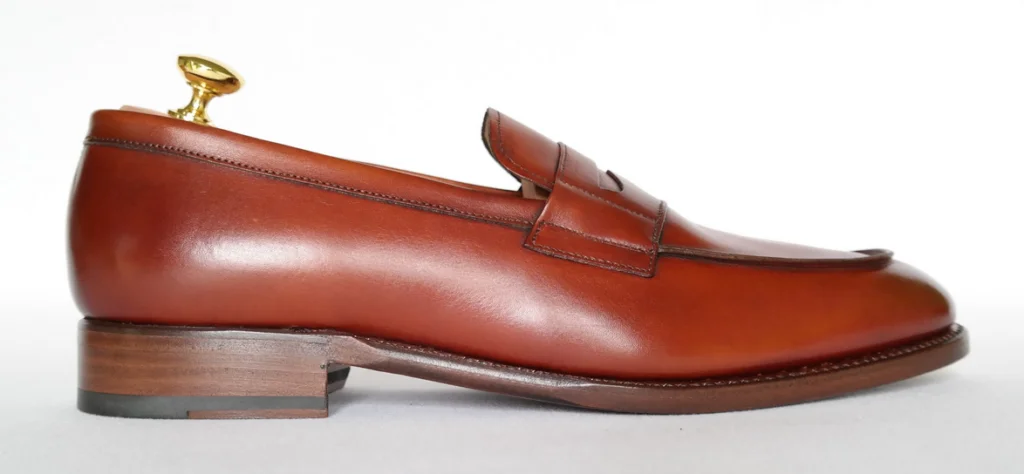
Those sturdy leather classics with the little slot for a copper penny weren’t just shoes—they were a statement that you cared about tradition and quality. The satisfying click-clack as you walked down school hallways or office corridors announced your arrival with understated confidence. Many of us saved up for weeks to buy our first pair, often from brands like Bass Weejuns or G.H. Bass that dominated the market from the 1950s onward. Jay Butler reveals the fascinating history of the penny loafer and just how far it’s literally trekked over the decades.
The versatility of penny loafers meant they transitioned seamlessly from school uniforms to casual Friday outfits decades later. They looked equally appropriate with pressed khakis at the office or with jeans at weekend gatherings. Loafers experienced several revivals throughout the decades, proving that true classics never really go out of style, just temporarily out of rotation.
2. Cardigans

No other garment symbolized practical comfort quite like the trusty cardigan sweater, ready to be thrown over any outfit when the temperature dropped. Whether it was the chunky wool versions popularized in the 1950s or the lighter acrylic blends of the 1970s, cardigans were the ultimate layering piece that suited every body type and age. Brands like Pendleton and Jantzen built their reputations on these buttoned wonders that grandmothers and college students alike embraced with equal enthusiasm. Recollections throws open the wardrobe to sift through the cozy evolutions cardigans went through over the years.
The evolution of the cardigan reflected changing times—from the formal, almost uniform-like styles of the early 60s to the oversized, pattern-heavy versions of the late 70s. They moved from being strictly practical items to fashion statements, particularly when figures like Mr. Rogers made them symbols of warmth and reliability. Even during fashion’s most experimental decades, the humble cardigan maintained its place in the average American’s closet, ready for any occasion.
3. Flannel Shirts
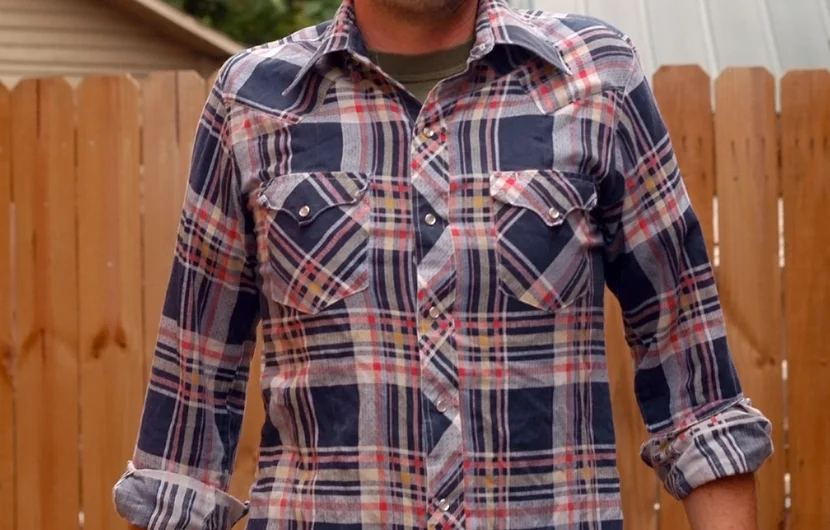
Long before they became symbols of grunge culture, flannel shirts were the backbone of practical American wardrobes, especially in regions where winters meant business. The soft, brushed cotton provided warmth without bulk and came in those distinctive plaid patterns that have become synonymous with outdoorsy reliability. Brands like Pendleton and Woolrich built their reputations on these shirts, which were originally designed for lumberjacks and outdoor workers who needed durability and comfort. Faherty Brand also explores how its soft yet durable and insulating properties made flannel so popular among farmers, loggers, and general frontiersmen, to the point we associate those patterns with those backgrounds.
Flannels transitioned from purely functional wear to fashion staples when they began appearing in casual settings throughout the 1960s and 70s. Their versatility meant they could be worn open over t-shirts, buttoned up for slightly more formal occasions, or tied around the waist when the weather warmed up unexpectedly. Even as synthetic fabrics gained popularity in the 1970s, the authentic cotton flannel maintained its devoted following among those who valued authenticity and comfort over trends.
4. Saddle Shoes

These distinctive two-toned shoes with their characteristic “saddle” of contrasting color across the instep captured the youthful spirit of mid-century America. Originally designed as athletic footwear in the early 1900s, saddle shoes became strongly associated with high school and college students during the 1950s, particularly when paired with bobby socks and poodle skirts. The classic black and white combination dominated, though brown and white versions also enjoyed popularity among those seeking a slightly more sophisticated look.
The solid construction of saddle shoes meant they could withstand the rigors of daily wear, whether navigating school hallways or dancing to the latest rock and roll hits. Their distinctive appearance made them instantly recognizable, a visual shorthand for American youth culture that appeared in countless photographs and films of the era. Though their popularity waned as more casual footwear options emerged in the late 1960s, saddle shoes never completely disappeared, experiencing periodic revivals among those drawn to vintage Americana.
5. Pleated Trousers
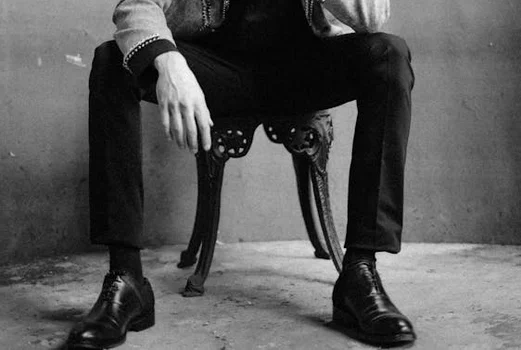
High-waisted and generously cut, pleated trousers dominated men’s fashion from the 1940s through the 1980s, representing an era when comfort and formality weren’t mutually exclusive. These pants featured distinctive folds at the waistband that allowed for ease of movement and a flattering silhouette, particularly popular in materials like wool gabardine or polyester blends. Department stores like Sears and Montgomery Ward sold countless pairs of these versatile trousers, which became the standard for both work and weekend wear.
The color palette typically stayed within conservative boundaries—navy, gray, khaki, and brown dominated, allowing for maximum coordination with other wardrobe staples. Cuffed hems often completed the look, adding weight to the bottom of the pants and ensuring they draped properly over dress shoes or loafers. Even as fashion moved toward more casual styles in the 1970s, pleated trousers maintained their position as the go-to choice for anyone wanting to look put-together without sacrificing comfort.
6. Circle Skirts
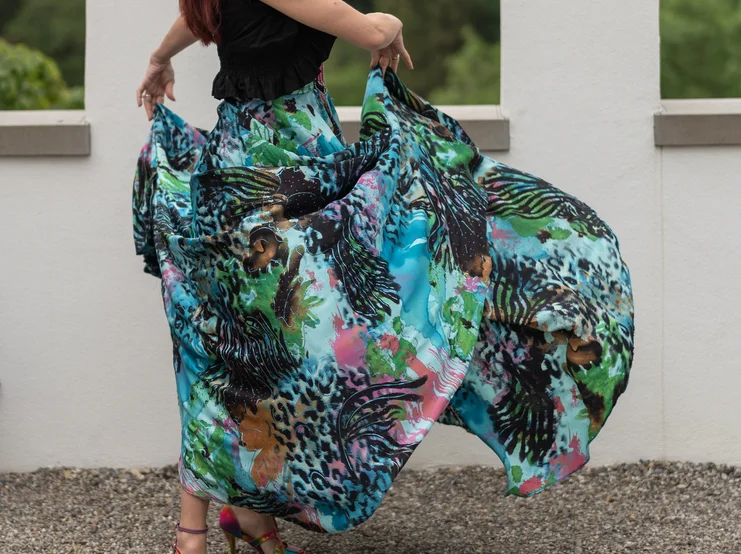
Swinging into popularity during the post-war era, circle skirts became a defining feature of 1950s women’s fashion, celebrating femininity and the end of fabric rationing. These full, dramatic skirts used substantial amounts of fabric cut in a complete circle, creating that distinctive silhouette that looked marvelous whether standing still or twirling on the dance floor. Often paired with petticoats for extra volume, these skirts represented the return to prosperity and lightheartedness after years of more practical, subdued clothing.
Many women made their own circle skirts at home, using patterns from companies like Simplicity or McCall’s and fabrics ranging from cotton prints for everyday wear to taffeta for special occasions. The popularity of these skirts extended well beyond the 1950s, returning in various forms through the decades whenever fashion cycled back to more feminine silhouettes. Novelty prints were particularly popular—everything from poodles to playing cards to holiday themes added personality to these wardrobe workhorses.
7. Oxford Cloth Button-Downs
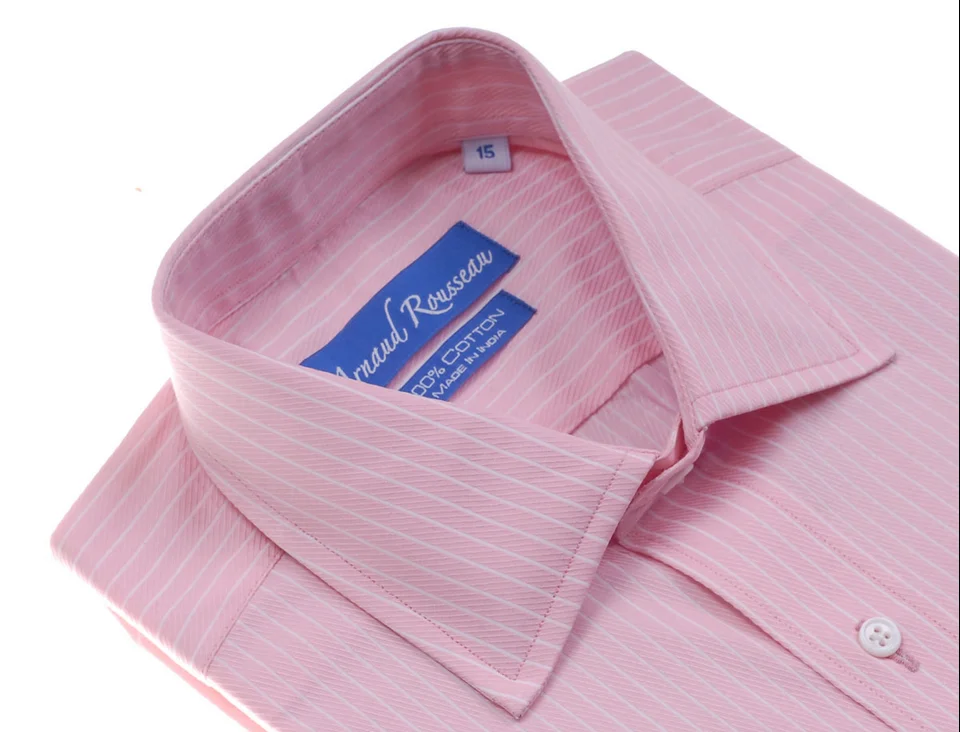
The Oxford cloth button-down shirt (often abbreviated as OCBD) became the cornerstone of the American preppy look, representing a perfect balance between casual and formal. Originally associated with Ivy League campuses, these shirts featured distinctive basket-weave cotton fabric and button-down collars that prevented them from curling up during athletic activities. Brooks Brothers popularized this style in America starting in the early 1900s, but it was during the post-war boom that they became truly ubiquitous in men’s wardrobes.
The versatility of the OCBD made it indispensable—appropriate for work when paired with a tie, casual enough for weekends when worn open at the neck. Traditional colors included white and light blue, though pink became surprisingly popular in the 1950s, challenging gender norms while still remaining within acceptable boundaries. The comfort of slightly aged Oxford cloth—softer with each washing—made these shirts family heirlooms in some cases, passed down when they no longer fit their original owners.
8. Sensible Pumps
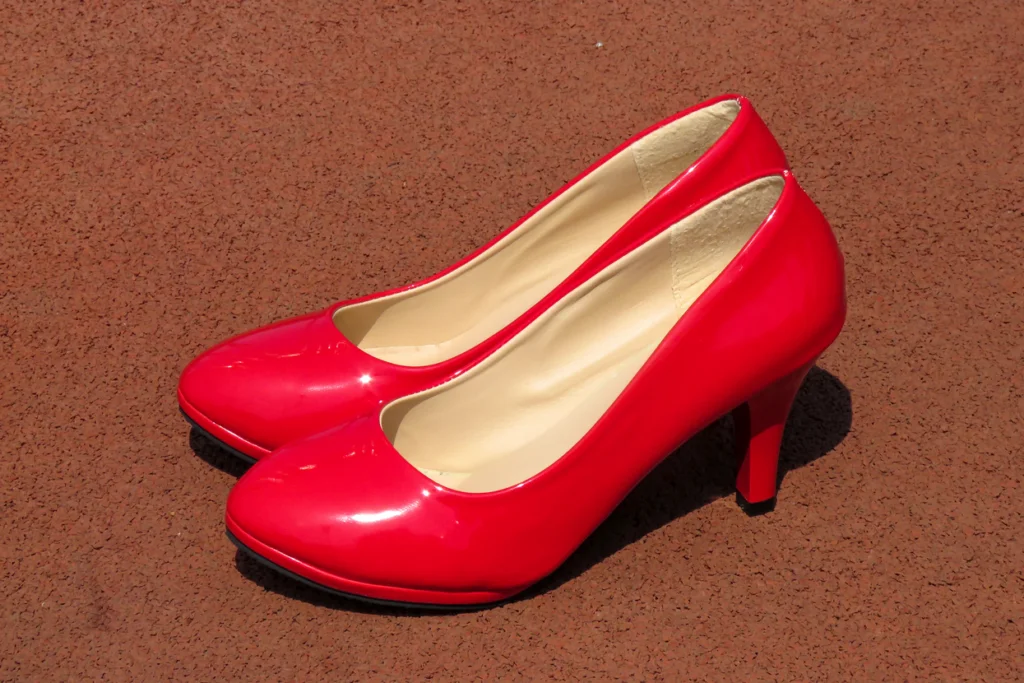
Every woman’s closet included at least one pair of sensible pumps—those modest-heeled, closed-toe shoes that served as the workhorses of professional and formal occasions alike. Typically featuring heel heights between one and two inches, these shoes prioritized comfort and professionalism over flash and trendiness. Brands like Naturalizer and Easy Spirit built their reputations on creating pumps that could be worn all day without causing the dreaded foot fatigue that plagued women in workplace settings.
The color palette remained deliberately limited—black, navy, and nude dominated, ensuring maximum versatility with various outfits. The simple silhouette changed remarkably little over the decades, with only subtle modifications to toe shapes or heel widths marking the passage of time. These shoes represented a practical investment, often costing more than trendier options but lasting for years with proper care and occasional resoling.
9. Bandanas
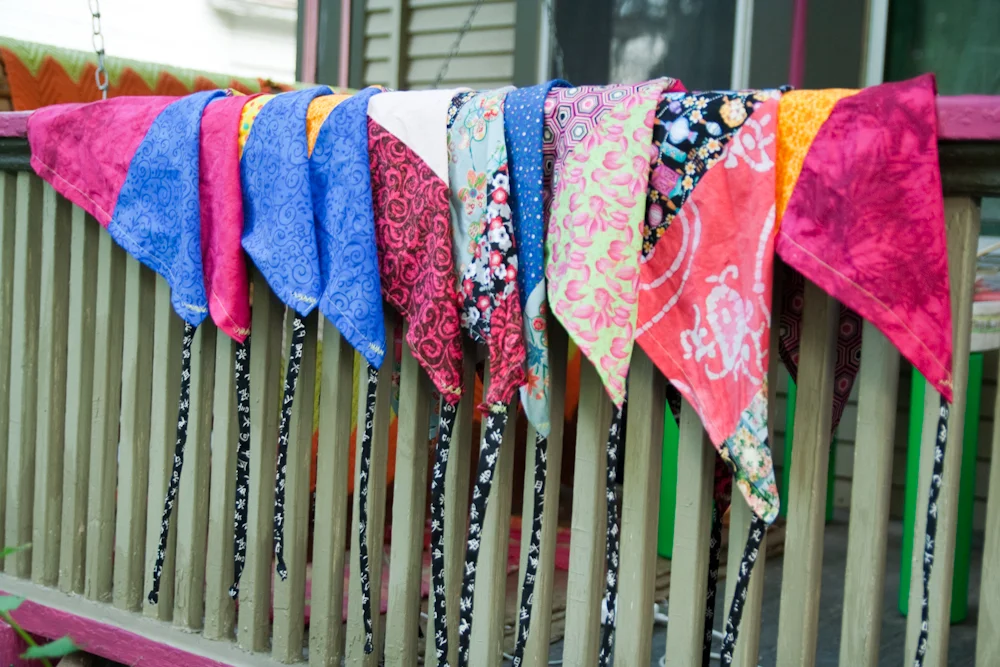
These versatile squares of printed cotton served countless purposes beyond mere fashion, becoming true multi-tools in the American wardrobe. Traditional paisley patterns in red and blue dominated, though solid colors and novelty prints also found their way into the mix as these accessories became increasingly popular. Originating as practical items for farmers and laborers to wipe away sweat or protect against dust, bandanas evolved into fashion statements while never losing their utilitarian appeal.
The ways people used bandanas reflected regional differences and personal needs—tied around the neck cowboy-style in the West, used as impromptu tourniquets or slings in emergencies, or worn as headbands during the counterculture movement. Their affordability meant most people owned several, tucked into various pockets, glove compartments, and toolboxes for whenever they might be needed. Despite countless fashion trends coming and going, the humble bandana maintained its place in American life, representing practicality, resourcefulness, and a certain rugged independence.
10. Plaid Skirts
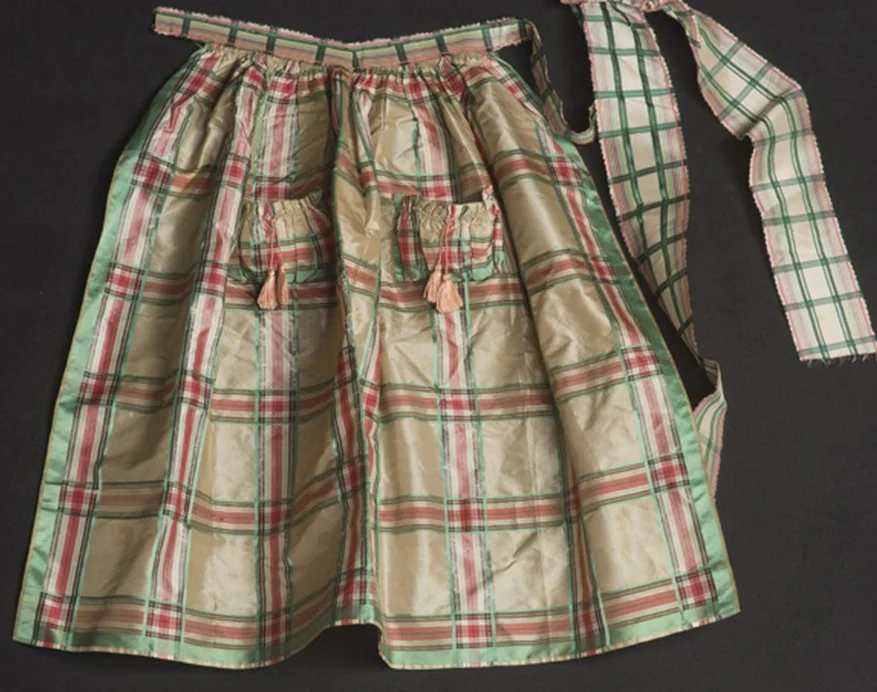
The pleated plaid skirt transcended its origins as private school uniform attire to become a versatile staple in women’s and girls’ closets across America. Scottish tartans provided the original inspiration, but American manufacturers created countless variations, from authentic wool versions to more affordable cotton and polyester blends. The distinctive criss-crossing pattern of colored bands created visual interest while still maintaining a conservative, put-together appearance suitable for numerous occasions.
Length variations tracked with changing social norms—from the modest below-the-knee styles of the 1950s to the briefer versions of the 1960s and back again. The skirt’s versatility made it appropriate for everything from office wear to casual outings, depending on how it was styled and accessorized. Its periodic resurgence in fashion—from preppy 1980s revival to 1990s grunge reinterpretation—demonstrated its staying power as an enduring American classic.
11. Nylon Windbreakers
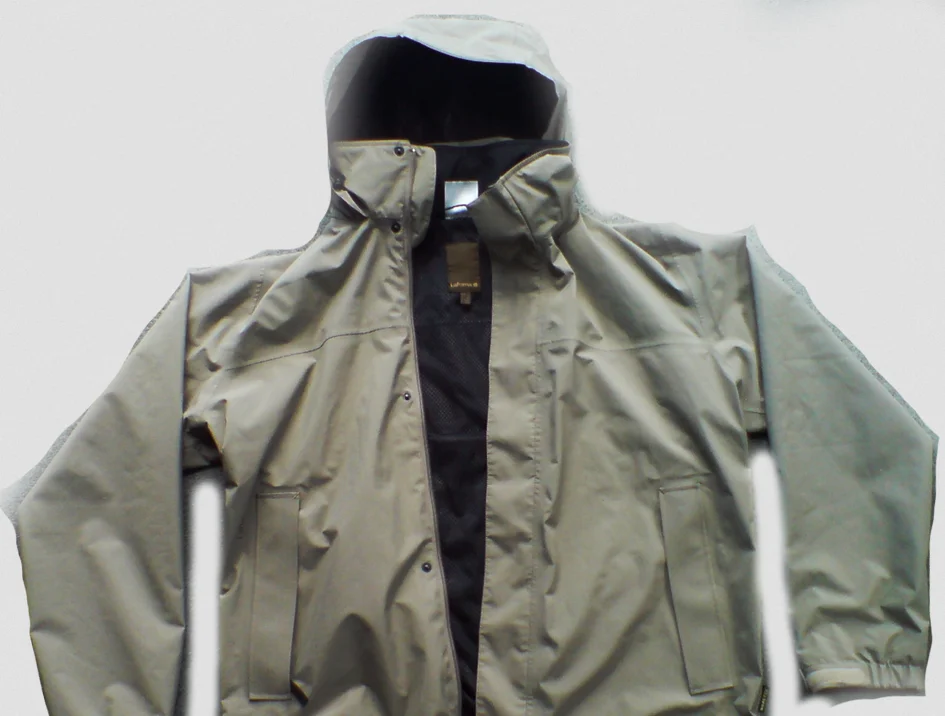
Lightweight yet surprisingly effective against the elements, nylon windbreakers represented the perfect compromise between function and portability. These thin shells, often in bright primary colors with contrasting zippers or piping, could be folded into compact packages that fit easily into backpacks or glove compartments. Companies like London Fog and Members Only created versions that became status symbols in their own right, particularly during the 1970s and 80s.
The water-resistant properties of nylon made these jackets practical choices for unpredictable weather, while their lightweight construction meant they wouldn’t cause overheating when the sun reappeared. Many featured elasticized cuffs and waistbands to prevent drafts, along with hoods that could be rolled into the collar when not needed. The distinctive swishing sound these jackets made when the wearer moved became part of their identity—instantly recognizable even before you saw the person approaching.
12. Sturdy Denim Jeans
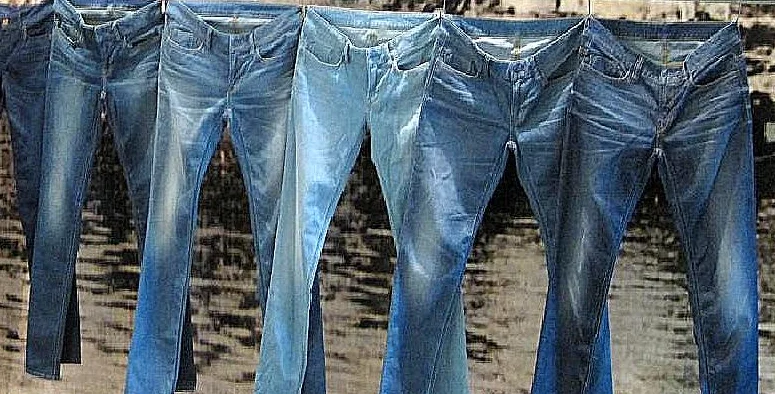
No list of clothing staples would be complete without mentioning the quintessential American garment—blue jeans that started as workwear and conquered the world. Originally designed for gold miners and cowboys, these rugged cotton trousers with distinctive copper rivets and double-stitched seams proved remarkably adaptable to changing fashions and social contexts. Brands like Levi’s and Wrangler established their reputations on creating jeans that could withstand years of wear and tear while developing characteristic fading patterns unique to their owners.
The evolution of jeans tracked broader cultural shifts—from the straight-legged, high-waisted styles of the 1950s to the flared versions of the 1970s and the stone-washed varieties of the 1980s. Their transition from purely utilitarian clothing to fashion statements reflected changing attitudes about casualness and comfort in American life. Despite countless attempts to create “the next jeans,” nothing has managed to displace denim from its central position in the American wardrobe, a testament to its perfect combination of practicality and cultural significance.
Looking back on these wardrobe staples reminds us that fashion wasn’t always about constant turnover and seasonal trends. These were pieces meant to last for years, not weeks, reflecting values of quality, practicality, and timelessness that seem increasingly rare in today’s fast-fashion world. Perhaps in rediscovering these classics, we might find inspiration for a more sustainable and meaningful approach to what we wear—one that values longevity over novelty and craftsmanship over disposability.


